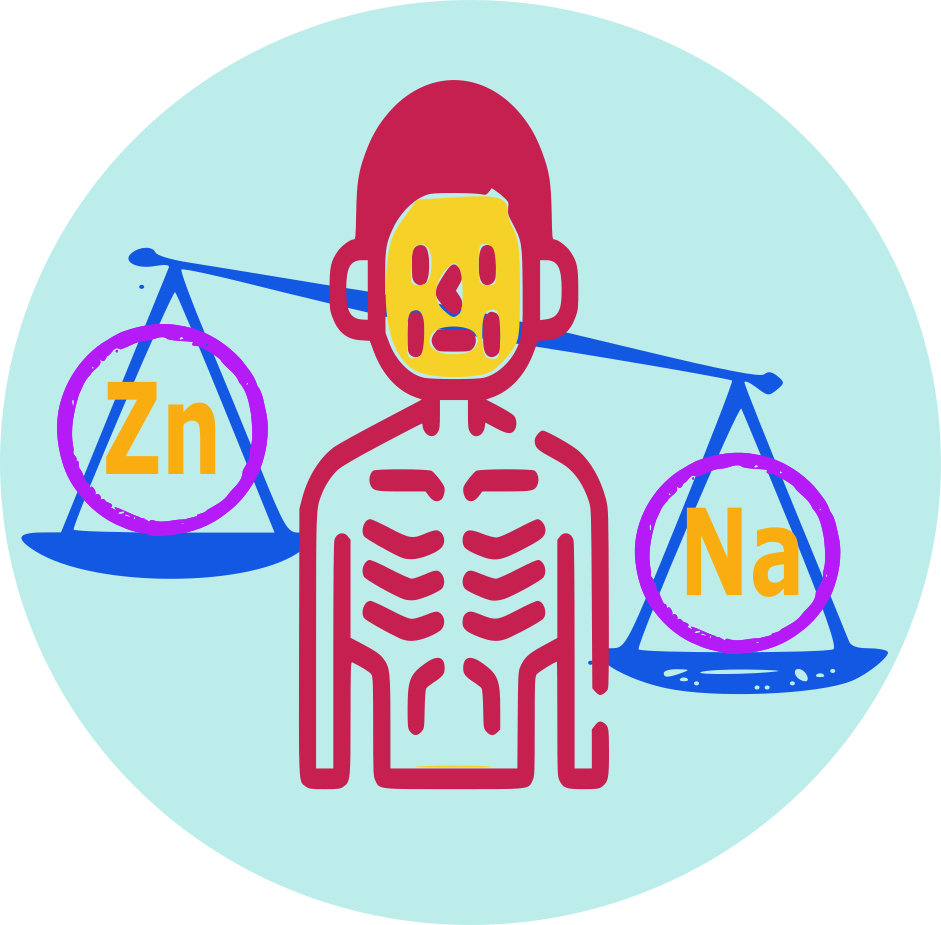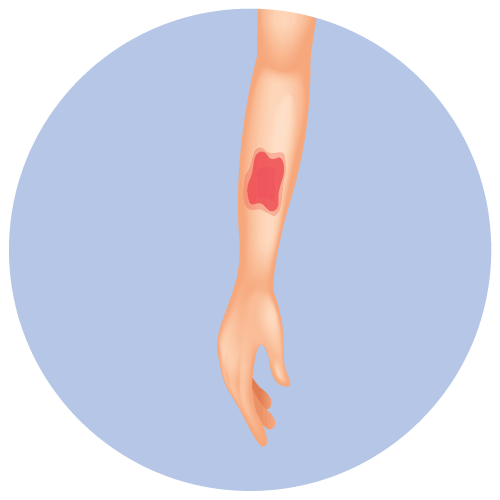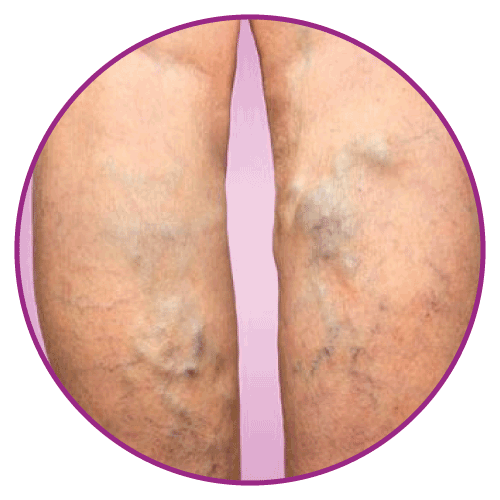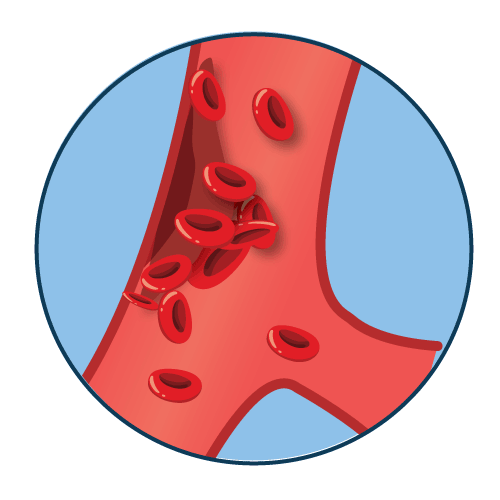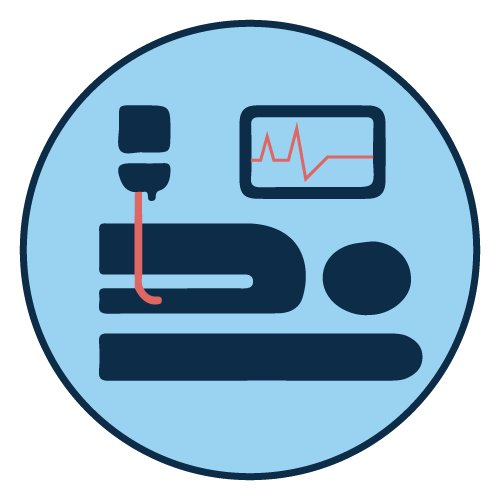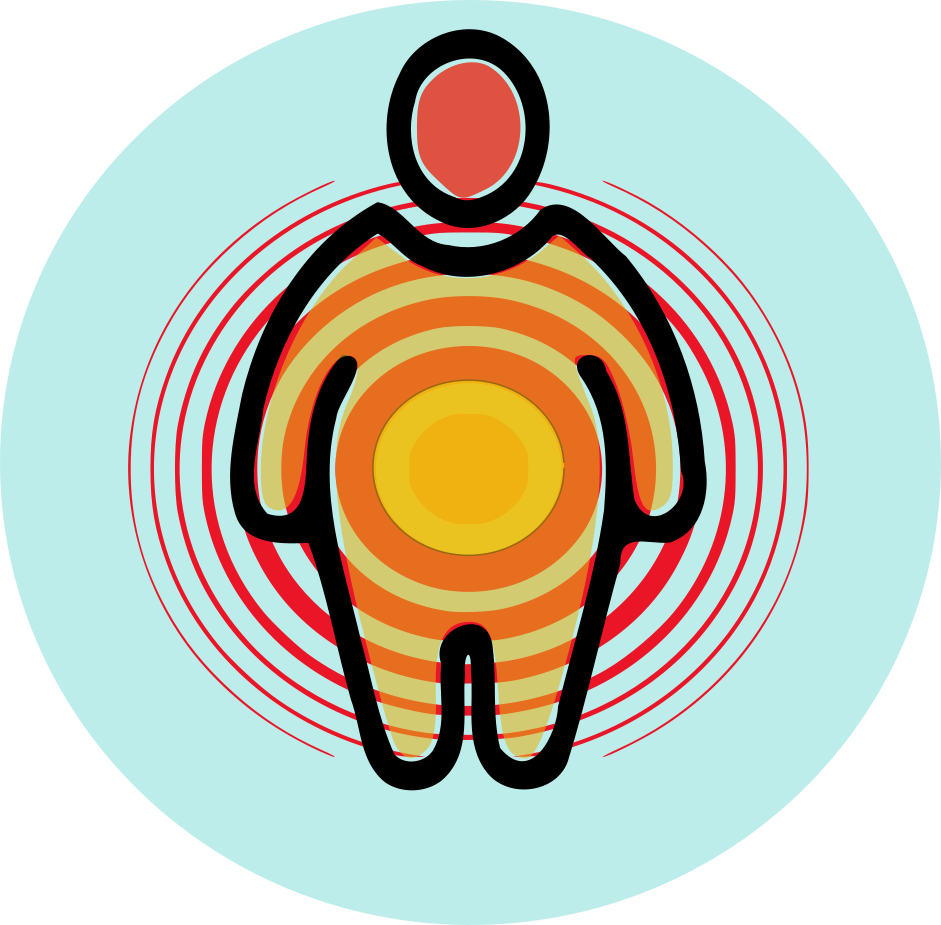| Name | Amino Acids (Essential) + Glucose & Electrolytes |
| Classes |
Electrolyte and Mineral Nutritional Supplement |
| Diseases |
Anastomotic Therapy Electrolytic Imbalance Impaired Gastrointestinal Absorption |
Amino Acids (Essential) + Glucose & Electrolytes
Amino Acids (Essential) + Glucose & Electrolytes is a sterile, nonpyrogenic, hypertonic solution of essential and nonessential amino acids with electrolytes for intravenous infusion. It provides a source of amino acids and electrolytes for protein synthesis, maintenance of nitrogen balance, and replacement of electrolyte losses. Amino acids are essential for the formation of proteins and other cellular structures, while electrolytes such as sodium, potassium, and chloride are necessary for the proper functioning of cells and maintenance of fluid balance.
Amino Acids (Essential) + Glucose & Electrolytes is indicated for use as a source of nitrogen and essential amino acids in patients requiring parenteral nutrition, such as those who are unable to tolerate or absorb enteral nutrition. It may also be used for the treatment of electrolyte imbalances and dehydration.
The dosage and administration of Amino Acids (Essential) + Glucose & Electrolytes will depend on the individual patient's nutritional requirements and medical condition. The solution should be administered by intravenous infusion, using aseptic technique and an appropriate infusion device. The rate of infusion should be adjusted to meet the patient's needs and tolerance, and the solution should be used promptly after opening and not stored for more than 24 hours.
Adverse reactions associated with the use of Amino Acids (Essential) + Glucose & Electrolytes may include local reactions such as-
- warm sensation
- erythema
- phlebitis
- thrombosis
- To provide calories to diabetic or prediabetic patients, glucose administration requires special care.
- Feeding regimens that contain amino acids must be used cautiously in patients with a history of renal disease, pulmonary disease, or cardiac insufficiency to avoid excessive fluid accumulation.
- The impact of administering amino acids, without dextrose, on the carbohydrate metabolism of children is unknown.
- Patients with impaired renal function should have their nitrogen intake carefully monitored.
- For long-term total nutrition or when a patient has inadequate fat stores, it is crucial to administer sufficient exogenous calories concurrently with amino acids. Concentrated dextrose solutions are effective for this purpose but should be administered through an indwelling intravenous catheter with the tip located in the superior vena cava due to their strongly hypertonic nature.
- Administration of amino acid solutions via a central venous catheter should only be performed by individuals familiar with the technique and its complications.
- Intravenous infusion of amino acids may lead to an increase in blood urea nitrogen (BUN), especially in patients with impaired hepatic or renal function. Therefore, appropriate laboratory tests should be performed periodically, and infusion should be discontinued if BUN levels exceed normal postprandial limits and continue to rise. It is important to note that an increase in BUN typically occurs as a result of increased protein intake.
- In patients with hepatic insufficiency, administering amino acid solutions may lead to serum amino acid imbalances, metabolic alkalosis, prerenal azotemia, hyperammonemia, stupor, and coma.
- Administration of amino acid solutions in patients with impaired renal function may lead to a rise in BUN, as is the case with any dietary protein component.
- Solutions that contain sodium ions should be used with caution, if at all, in patients with congestive heart failure, severe renal insufficiency, and in clinical states where there is edema with sodium retention.
Contraindication
None known.
None known.
This preparation should not be used in patients with hepatic coma or metabolic disorders involving impaired nitrogen utilization.
 Bangla
Bangla English
English